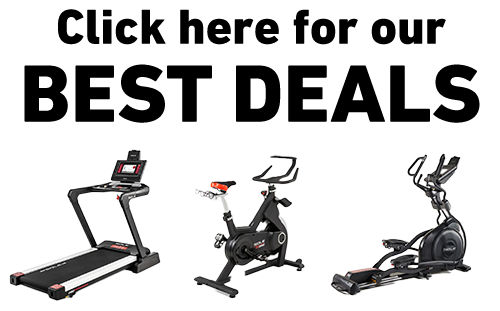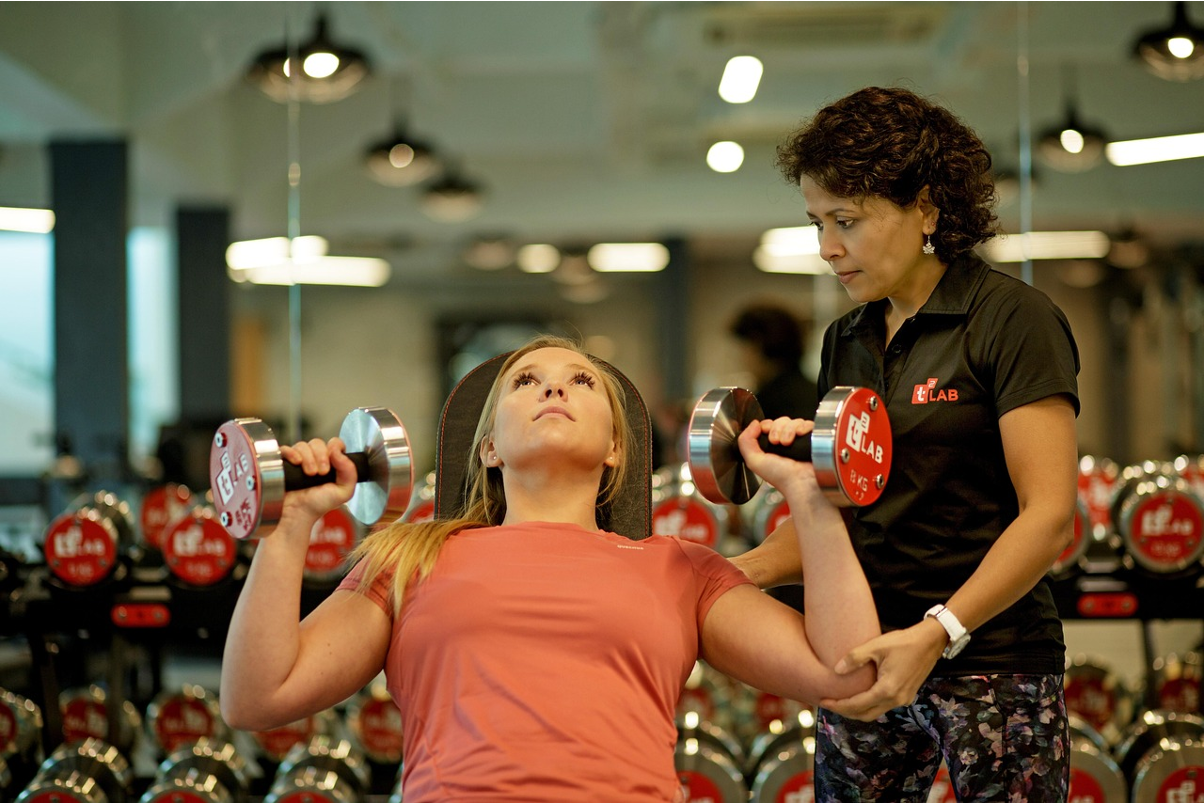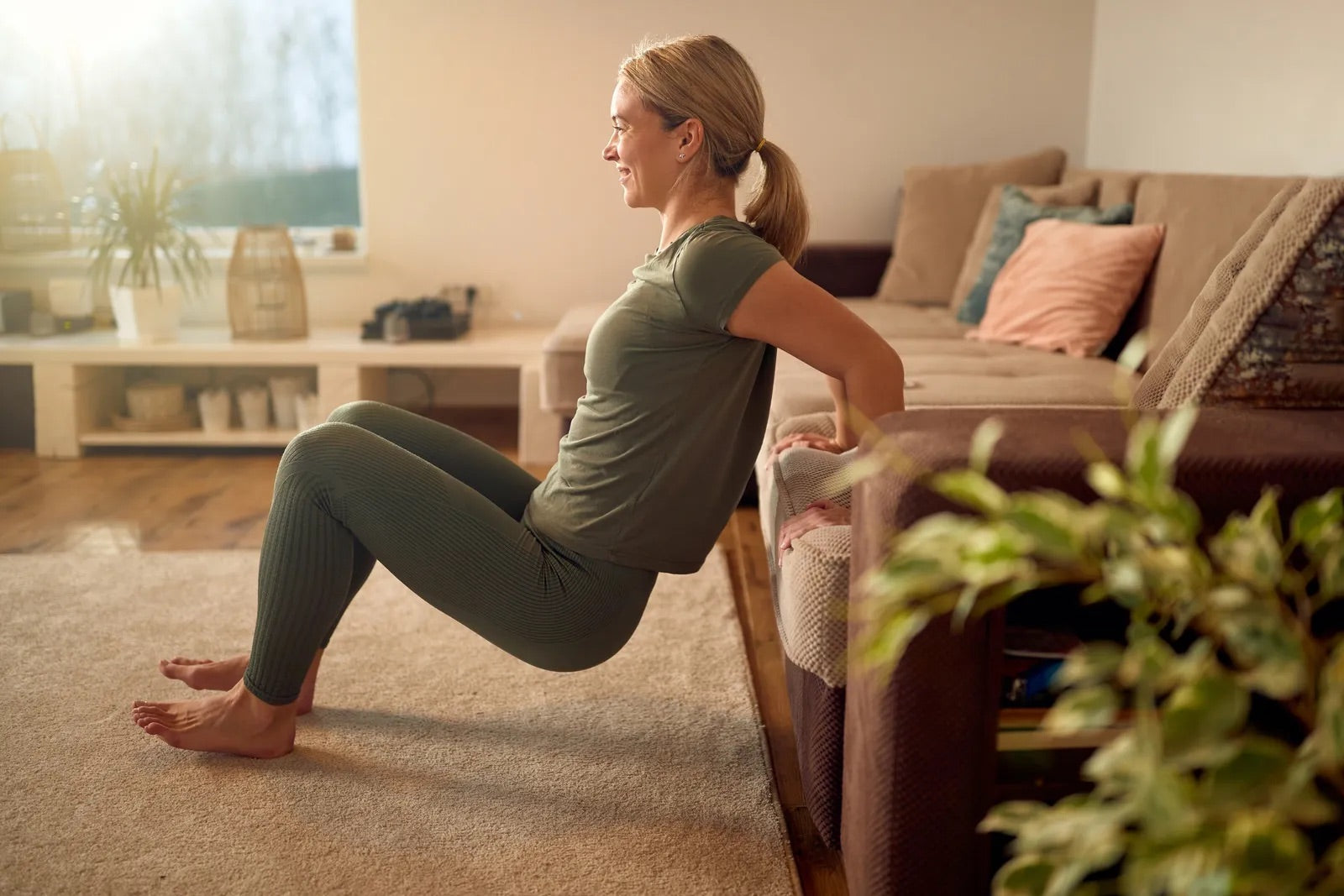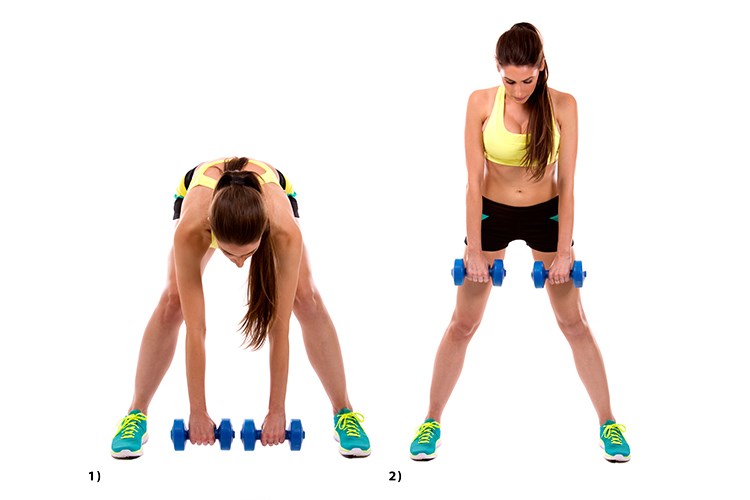Key Takeaways
- Push Pull Legs (PPL) splits target muscle groups 1–2 times weekly across 6 training days, while Upper/Lower splits hit each muscle group twice weekly across 4 days.
- Beginners typically benefit more from Upper/Lower splits due to the balanced frequency and lower time commitment required for consistent progress.
- Advanced lifters seeking specialized upper body development may prefer PPL's targeted approach and higher per-session volume capabilities.
- SOLE's versatile equipment lineup supports both training approaches with adjustable dumbbells for isolation work and benches for compound movements.
Understanding These Popular Workout Splits
Choosing between a Push Pull Legs (PPL) split and an Upper/Lower split requires understanding how each approach organizes your training week. Both have become popular in the fitness community because they effectively balance training frequency, volume distribution, and recovery considerations.
Both splits represent significant improvements over older "bro split" approaches that trained each muscle group only once per week.
Push Pull Legs: The 3-Day Cycle Explained
The PPL split divides training into three distinct workout types based on movement patterns. Push days focus on all pushing movements, primarily targeting chest, shoulders, and triceps. Pull days concentrate on pulling movements that work your back and biceps. Leg days are dedicated entirely to lower body training, including quads, hamstrings, glutes, and calves.
A traditional PPL routine runs on a six-day cycle with one rest day:
Classic 6-Day PPL Split:
- Monday: Push (Chest, Shoulders, Triceps)
- Tuesday: Pull (Back, Biceps)
- Wednesday: Legs (Quads, Hamstrings, Glutes, Calves)
- Thursday: Push
- Friday: Pull
- Saturday: Legs
- Sunday: Rest
This structure allows you to hit each major muscle group twice per week while providing adequate recovery time between sessions targeting the same muscles.
The PPL split has gained popularity among physique enthusiasts because it allows for focused, high-volume work on specific muscle groups while maintaining reasonable training frequency.
Upper/Lower: The 4-Day Alternative
The Upper/Lower split takes a more consolidated approach by dividing workouts into just two categories: upper body and lower body.
Upper body days target all muscles above the waist, including chest, back, shoulders, and arms. Lower body days focus on everything below the waist: quads, hamstrings, glutes, and calves.
A standard Upper/Lower split typically follows a four-day cycle:
Standard 4-Day Upper/Lower Split:
- Monday: Upper Body
- Tuesday: Lower Body
- Wednesday: Rest
- Thursday: Upper Body
- Friday: Lower Body
- Saturday/Sunday: Rest
This approach provides the same twice-weekly training frequency for each muscle group as the PPL split but requires fewer total training days, making it more accessible for those with busy schedules.
|
Build Your Foundation with Premium-Grade Strength Equipment!
 Complete Your Home Gym:
Why Choose SOLE Strength: ✓ Heavy-duty steel construction with rust protection 30-Day Money-Back Guarantee: Love it or return it, no questions asked. |
Training Frequency: How Often You'll Hit Each Muscle

Training muscle groups 2–3 times per week with adequate volume produces superior hypertrophy results compared to lower frequencies.
Training frequency, that is, how often you stimulate each muscle group, plays a critical role in muscle development.
PPL's Muscle Targeting Strategy
In a traditional 6-day PPL split, each muscle group receives direct attention twice per week. This balanced frequency aligns well with current research on optimal training frequency for hypertrophy.
The focused approach allows for higher volume per muscle group per session—you might perform 12–20 sets for your chest across your two weekly push sessions.
However, if you can only commit to 3 days per week (completing just one PPL cycle), your training frequency drops to once per week per muscle group. This reduced frequency may be less optimal for muscle growth compared to higher frequencies.
Upper/Lower's Consistent Twice-Weekly Approach
The Upper/Lower split guarantees each muscle group gets trained twice weekly, even with just 4 training days. This consistent twice-weekly frequency ensures no muscle group falls into the potentially less effective once-per-week category.
While the per-session volume for each specific muscle group might be lower than in a PPL split, the weekly total volume can be comparable. The distributed approach may also reduce excessive fatigue in any single muscle group, potentially allowing for better quality training throughout each session.
Time Commitment: Fitting Your Split Into Real Life

The most effective training program is ultimately the one you can follow consistently, making time commitment a crucial factor in split selection.
PPL's 3–6 Day Weekly Requirement
The PPL split works best when implemented as a 6-day routine. This high-frequency approach requires significant time commitment, typically 6–8 hours weekly in the gym. For those with demanding schedules, this can become challenging to maintain consistently.
When life interrupts your training schedule, the PPL split can become problematic. Missing a single session disrupts the carefully balanced frequency, potentially leaving one muscle group trained less frequently than others.
Upper/Lower's More Flexible 2–4 Day Schedule
The Upper/Lower split offers remarkable flexibility, functioning effectively with 2, 3, or 4 weekly training sessions. The standard 4-day implementation delivers the ideal twice-weekly frequency while requiring fewer gym visits, typically 4–6 hours weekly.
Even when life interferes with training, the Upper/Lower structure remains relatively forgiving. Missing one session means a muscle group might receive only one stimulus that week instead of two. It’s not ideal, but still within the effective range for progress.
Best Split for Different Goals and Experience Levels

Your training experience, specific goals, and recovery capacity should guide your split selection more than theoretical advantages of either approach.
Both splits can deliver impressive results, but they each have distinct advantages depending on your specific fitness objectives and current experience level.
For Beginners
For novice lifters, the Upper/Lower split stands out as the superior choice in most cases. Beginners benefit tremendously from higher training frequencies for motor pattern development and neural adaptations.
The twice-weekly frequency guaranteed by Upper/Lower provides optimal stimulus for learning movement patterns.
The simplified structure of Upper/Lower also reduces the complexity for newcomers who are already figuring out the challenging learning curve of proper exercise execution.
Rather than needing to master a six-day program immediately, beginners can focus on consistent execution of fundamental movements in a manageable four-day structure.
Pure Muscle Growth: Which Has the Edge?
For experienced lifters focused on muscle growth, the 6-day PPL split has some advantages due to its targeted approach and higher per-muscle training volume in each session.
The focused nature of PPL workouts allows for deeper muscle fatigue and more comprehensive targeting with varied exercises and angles.
However, this advantage only materializes if you can consistently complete all six weekly sessions. An Upper/Lower split with properly programmed volume can produce comparable muscle growth while requiring less time commitment, making it potentially more sustainable.
Strength Development Comparison
For strength development, particularly in compound movements, the Upper/Lower split often holds an advantage. The reduced frequency of specific movement patterns in PPL can limit practice opportunities for technical lifts.
Upper/Lower programs typically feature major compound lifts as cornerstones of each session, allowing more frequent practice.
Many powerlifters and strength athletes use Upper/Lower approaches for this reason, often incorporating periodization elements to manage fatigue while maintaining frequent practice of competition lifts.
Advanced Lifters: When to Choose Each Split
Advanced lifters face a more nuanced decision that depends largely on their specific goals. Those focused primarily on physique development, particularly with upper body emphasis, may benefit from the targeted nature of PPL.
The ability to dedicate entire sessions to specific movement patterns allows for specialized volume distribution.
Experienced lifters pursuing strength goals might find the Upper/Lower split more aligned with their needs due to the frequency of technical lift practice and better fatigue management between heavy sessions.
Support Any Training Split with SOLE's Adaptive Equipment

SOLE equipment provides the versatility and progression needed to excel with either PPL or Upper/Lower training splits in a complete home gym setup.
Your choice between PPL and Upper/Lower splits shouldn't be limited by equipment constraints. SOLE's comprehensive lineup supports both approaches with professional-grade versatility.
The SW180 and SW155 Adjustable Dumbbells provide the foundation for either split with 16 weight options from 5–80 pounds, perfect for both specialized isolation work and compound movements.
For PPL enthusiasts, the adjustable dumbbells excel at targeted muscle group training—precise weights for chest flyes on push days, various resistance options for bicep curls on pull days, and progressive loading for leg exercises. The quick-adjust dial system enables efficient transitions between different exercises within specialized workouts.
Upper/Lower split followers benefit from SOLE's equipment versatility during comprehensive training sessions. Move seamlessly from dumbbell presses to rows on upper body days, then transition to goblet squats and Romanian deadlifts for lower body sessions.
The SW116 Weight Bench supports multiple angles essential for complete upper body development.
The space-efficient design particularly benefits home gym users following either split. Rather than cluttering your space with multiple specialized pieces, SOLE's adjustable system provides everything needed for progression and variety. The Equipment Mat defines your training space while protecting floors during floor exercises common to both splits.
Recovery remains crucial regardless of your split choice. SOLE treadmills with Cushion Flex technology provides low-impact cardio for active recovery, while the SOLE+ App includes programming guidance for both training approaches.
Frequently Asked Questions (FAQs)
Can I combine elements of both PPL and Upper/Lower splits?
Yes, many successful programs blend elements from both methodologies. The PPLUL hybrid (Push/Pull/Legs/Upper/Lower) combines targeted upper body work with more frequent leg training across a 5-day structure. Another effective approach involves implementing modified frequency for different body parts based on individual response patterns, like PPL for your upper body while using more frequent lower body training.
Which split is better if I can only train 3 days per week?
With only 3 training days available weekly, an Upper/Lower/Full Body approach typically produces better results than a single PPL cycle. This ensures each muscle group receives stimulus at least twice weekly. Alternatively, a 3-day full-body approach can be highly effective by focusing on compound movements and managing volume appropriately.
Do I need different nutrition strategies depending on the split I choose?
While fundamental nutrition principles remain consistent, some adjustments can optimize recovery. High-frequency PPL splits may benefit from more consistent daily carbohydrate intake, while Upper/Lower splits might allow for more varied intake between training and rest days. Total caloric needs may increase slightly with 6-day approaches due to increased activity levels.
How long should I stay on one split before switching?
Remain on a specific split for at least 8–12 weeks before considering a change. This timeframe allows sufficient opportunity to adapt to the training stimulus and fairly evaluate effectiveness. Many successful lifters implement seasonal periodization, using different splits during different training phases rather than random changes.
How does SOLE equipment support both PPL and Upper/Lower training approaches?
SOLE's versatile equipment lineup adapts perfectly to either training split. The SW180 Adjustable Dumbbells provide essential resistance options from 5–80 pounds, ideal for both the isolation work common in PPL splits and the compound movements emphasized in Upper/Lower training. The SW116 Weight Bench supports multiple angles needed for chest work on push days or comprehensive upper body training. For PPL splits requiring specialized equipment setups, the adjustable dumbbells eliminate the need for multiple fixed weights while providing precise resistance progression.




Leave a comment
This site is protected by hCaptcha and the hCaptcha Privacy Policy and Terms of Service apply.